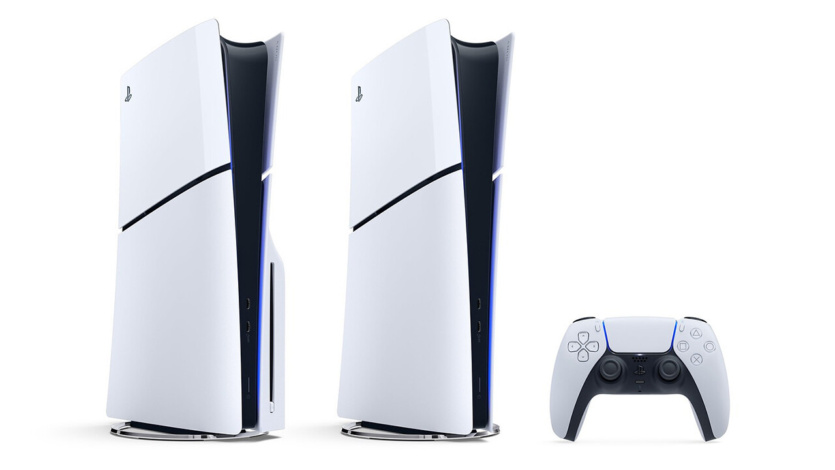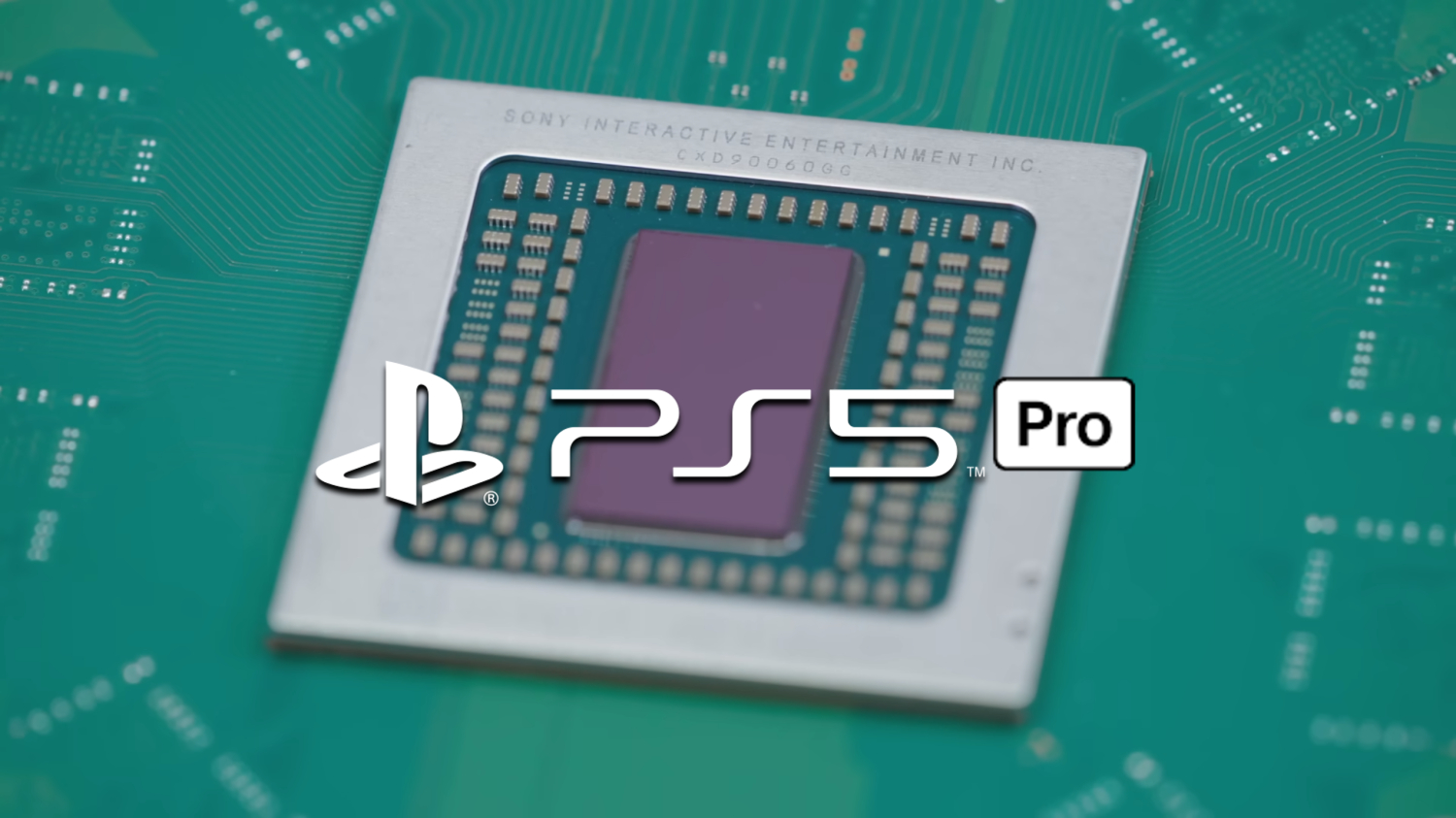The recent leak of the PS5 Pro (codenamed Trinity) specifications finally dispelled all doubts — Sony’s new console will be released this fall. What exactly can gamers expect from the mid-gen?

Specialists of the Digital Foundry channel, known for detailed technical analysis of modern technologies and graphics in games, following the insider Tom Henderson confirmed the leak of internal PS5 Pro documentation. By the way, Sony allegedly conducts an internal investigation and will likely strengthen internal security measures. The editors of Digital Foundry released a special edition of the Direct Special podcast lasting over an hour, in which they analyzed the specifications in detail, shared new data and opinions on the upcoming console update, which was released in late 2020 and recently entered the second half of the life cycle».
PS5 Pro specifications (preliminary). Comparison with PS5, PS4/PS4 Pro
First, let’s get started with the preliminary key specifications of the PS5 Pro. For simplicity and convenience, we’ve summarized the data in a table and indicated the relevant parameters of the current PS5, as well as the PS4/PS4 Pro pair for comparison
| PS5 | PS5 Pro | PS4 | PS4 Pro | |
| GPU | 36 AMD RDNA2 compute units, up to 2.23 GHz (variable frequency) | 60 AMD RDNA3 computing units, 2,18 GHz | 18 Radeon GCN computing units, 800 MHz | 36 improved GCN computing units, 911 MHz |
| CPU | 6 nm, 8 cores/16 threads, AMD Zen 2, up to 3.5 GHz (variable frequency) | 6 nm, 8 cores/16 threads, AMD Zen 2, up to 3.85 GHz (variable frequency) | 28 nm, 8 cores/16 threads, AMD Jaguar, 1.6 GHz | 16 nm, 8 cores/16 threads, AMD Jaguar, 2.1 GHz |
| RAM, interface bit depth and bandwidth | 16 GB GDDR6 (14 Gbps), 256-bit, 448 GB/s | 16 GB GDDR6, (18 Gbps), 256-bit, 576 GB/s | 8 GB GDDR5, 256 bits, 176 GB/s | 8 GB GDDR5 (+ 1 GB DDR3), 256-bit, 218 GB/s |
| The amount of RAM available for games, GB | 12,5 | 13,7 | 5 | 5,5 |
| Theoretical performance, TFLOPs (FP32) | 10.3 teraflops | 33.5 teraflops | 1.8 teraflops | 4.2 teraflops |
| Maximum power consumption (during games), W | 205 | n/a | 148 (79 — PS4 Slim) | 154 |
| Suggested retail price in the USA | $500 ($400 for the version without a drive) | $600 (expected) for a model without a drive unit | $300 | $400 |
The main differences between PS5 Pro — key points of Digital Foundry’s analysis
- As for the PS5 Pro’s CPU, no major changes are expected, except for an increase in the maximum operating frequency to 3.85 GHz (+10%). What this turbo mode will do for games in practice is not yet very clear. More and more games on current-gen consoles are CPU-intensive, but any noticeable increase in frame rate when switching from PS5 to PS5 Pro is unlikely. According to Digital Foundry’s Richard Ledbetter, the limitations in games that rely more on the CPU will not go away, and 30 fps in such games on PS5 will not magically turn into the super-smooth 60 fps of PS5 Pro. At the same time, this 10% in turbo mode can provide a more stable frequency in games with a target of 30 fps, which currently have problems with this due to CPU limitations.
- The main difference between PS5 and PS5 Pro is the GPU — a rough increase in computing units (from 36 to 60), as Microsoft previously did in the Xbox Series X architecture, will provide an increase in nominal performance from 10.3 teraflops to 33.5 teraflops, while the real performance will increase by about 45% (this is the value specified by Sony in the developer documentation). In practice, the performance of raytracing will increase by 3-4 times — developers will no longer have to compromise and choose one or another effect (shadows, reflections, global lighting, global illumination, etc.). It’s unlikely that you’ll be able to reach the level of Cyberpunk 2077 on RTX 4090, but games on PS5 Pro will be noticeably better.
- GPU is only one of the important variables in the real-world performance equation. Another equally important variable is memory. And here, too, the PS5 Pro will offer some important updates. With the same amount and type of memory, the memory frequency will increase from 14 to 18 Gbps, and the maximum bandwidth will increase from 448 GB/s to 576 GB/s. Actual throughput may increase even more due to architectural improvements. There is speculation that the PS5 Pro GPU will feature a number of RT architectural improvements that AMD is planning for future RDNA 4 graphics cards. On paper, these look promising, but it’s important to note that much of the PS5 Pro’s graphics performance gains will be achieved by physically scaling up the compute units — the PS5 Pro GPU chip is much larger than the PS5 GPU.
- PS5 Pro debuts hardware ML upscaler PSSR — Nvidia DLSS analog, which should qualitatively stretch 1080p to 4K in 2 ms per frame (corresponds to FSR 2 performance). A frame at 120 Hz will cost 8.3 ms, at 60 Hz — 16.7 ms, and 30 fps will cost 33.3 ms. So 4K/120 fps or 8K/60 fps, which Sony is aiming for in the next generation, is currently a question mark. And 8K displays have not yet become mainstream. Since the upscaler is backwards compatible with PS5 games, developers will only need to release small patches to ensure PSSR support (no need to rebuild games). The technology is able to improve graphics in games where the GPU is the performance limiting factor.
- In the PS5 Pro leak files, there is a mention of a Sony-developed ML processor for hardware acceleration of artificial intelligence tasks, which appears to have been integrated into the APU. Its performance is — 300 TOPS (trillions of operations per second).
- In the PS5 Pro, Sony managed to carve out an additional 1.2 GB of system memory for developers — yes, the PS5 has enough memory to output a 4K picture, but it will definitely not be superfluous. For example, PSSR requires 250 MB of memory (180 MB for the PSML library and 64 MB for the game itself). In addition, ray tracing effects (in particular, BVH structures used to calculate ray bounces) are quite memory-hungry. Developers will definitely find a place to put this additional 1.2 GB of memory.
- PS5 Pro will cost at least $600 for a digital version without a drive unit, according to Digital Foundry.
Upgrading to PS5 Pro and the future of gaming consoles
To summarize: on the one hand, PS5 Pro eliminates the key disadvantages of the current PS5 — the lack of a normal analog of the DLSS upscaler (neural network, with hardware acceleration) and weak raytracing (artifacts and other graphics compromises). In fact, there are three key advantages of the PS5 Pro over the basic PS5 — higher frame rate, significantly improved graphics, and improved raytracing features. On the other hand, the PS5 Pro does not look like such a large-scale update as the PS4 Pro did in its time. We can’t completely rule out some potential surprises during the announcement, but it seems extremely unlikely now.
The main question is how Sony will advertise PS5 Pro and whether the listed advantages will be enough to convince as many consumers as possible to upgrade? We can only get an answer with time. We can hazard a guess that GTA VI, Death Stranding 2, and other games can do a good job of helping Sony sell PS5 Pro as the most powerful console of this generation without any additional arguments. All indications are that Microsoft is not going to directly respond to PS5 Pro with a more powerful Xboxand is likely to accelerate the release of the next-gen console instead.
At the same time, the PS5 Pro is already clearly outlining the direction of development and the potential future of gaming technology. In fact, it was set by NVIDIA back in 2018, when it developed a special computing unit for ray tracing and machine learning. Intel followed suit, and last year’s leak of documents in the Microsoft vs. FTC case only helped to make sure that hardware tracing and machine learning are the future of gaming consoles. It will be interesting to see how developers will use ML capabilities for other purposes besides scaling.
Video

